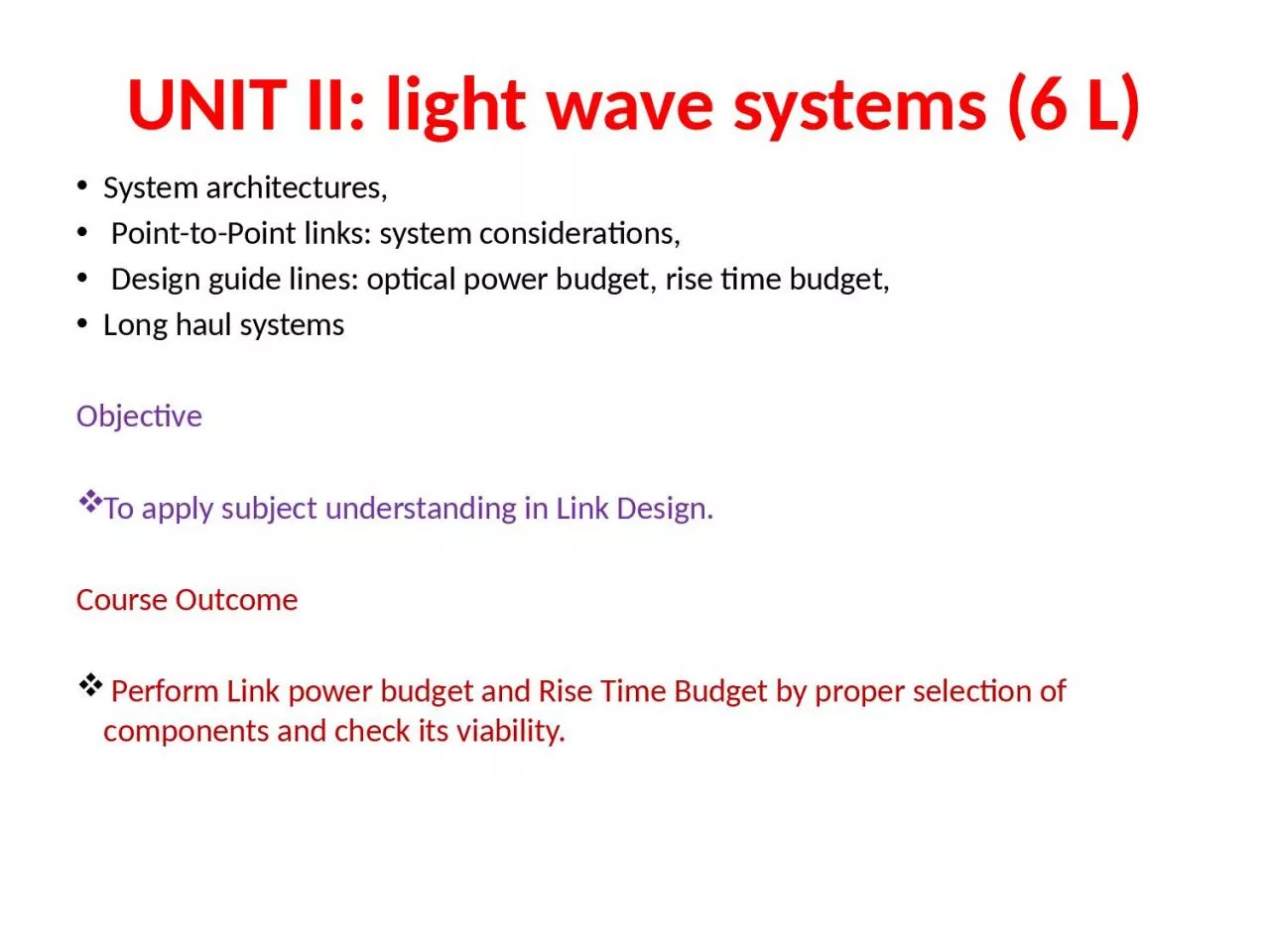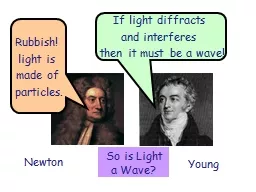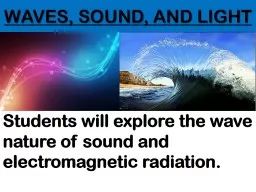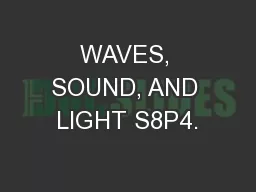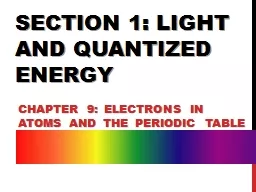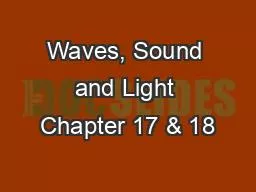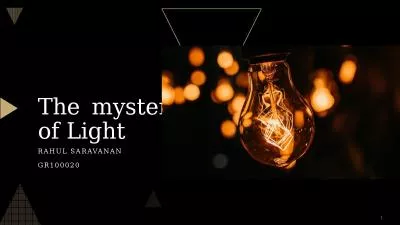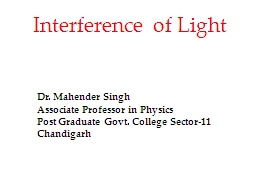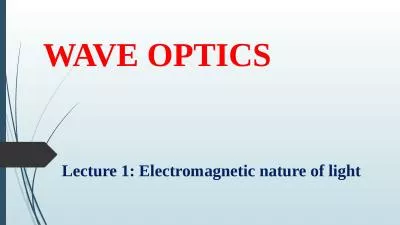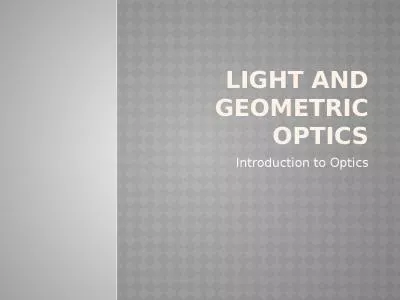PPT-UNIT II: light wave systems (6 L)
Author : genevieve | Published Date : 2023-11-08
System architectures PointtoPoint links system considerations Design guide lines optical power budget rise time budget Long haul systems Objective To apply subject
Presentation Embed Code
Download Presentation
Download Presentation The PPT/PDF document "UNIT II: light wave systems (6 L)" is the property of its rightful owner. Permission is granted to download and print the materials on this website for personal, non-commercial use only, and to display it on your personal computer provided you do not modify the materials and that you retain all copyright notices contained in the materials. By downloading content from our website, you accept the terms of this agreement.
UNIT II: light wave systems (6 L): Transcript
Download Rules Of Document
"UNIT II: light wave systems (6 L)"The content belongs to its owner. You may download and print it for personal use, without modification, and keep all copyright notices. By downloading, you agree to these terms.
Related Documents

